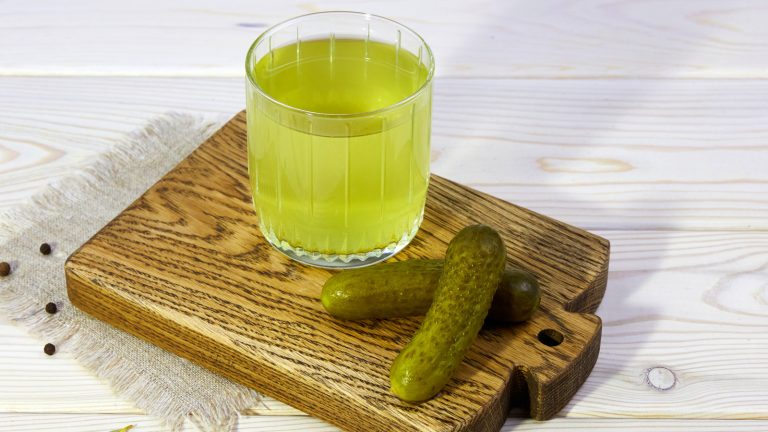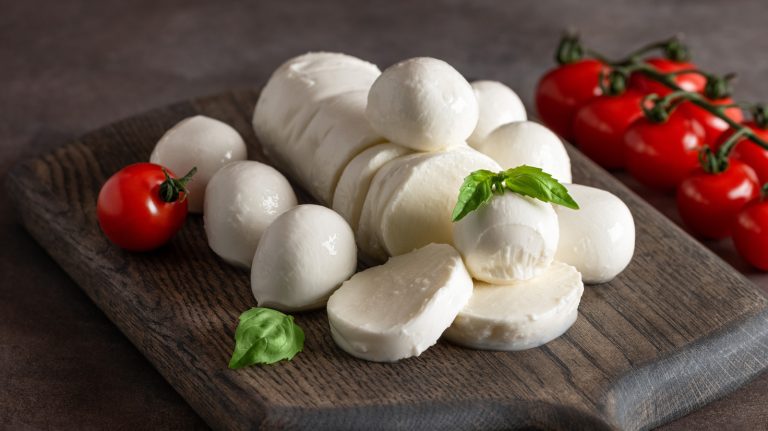We may receive a commission on purchases made from links.
Sweet-toothed foodies probably don’t think “How is this candy made?” until long, long after thinking, “Hooray! Candy!” We get it. But for curious minds and hungry-to-know-more palates, we’re exploring how exactly our favorite sour candies come to be.
As anyone who’s so much as made a batch of homemade rock candy knows, candy-making is a multi-stepped process. To make sour candy, the base ingredients are mixed together – typically some combination of sugar, water, corn syrup, coloring, flavoring, sometimes gelatin, and most importantly, acid. The “sourness” in sour candies comes from one (or a combination of) three primary acids: Citric acid, tartaric acid, and malic acid, with citric acid being the most common of the three.
From there, the candy mixture is heated to a specific temperature designed to create a desired, consistent texture (often around 300 degrees Fahrenheit) and formed into its unique candy shape using molds — i.e., sour gummy bears, worms, etc. Once cooled, sour candy is frequently but not always coated in a finishing layer of sour powder. This surface coating is made from none other than citric acid, the same naturally-occurring ingredient that gives oranges and lemons their sharp, sour zing. By generously coating it onto the candy’s surface, the sour punch that fans expect from extreme candy is delivered to the tastebuds as quickly as possible. Here at Tasting Table, we even add citric acid to big-batched cocktails as a flavor-balancing acid component.
Sour candies are heated, shaped, and loaded with mouth-puckering citric acid
That gritty exterior layer is scientifically designed to excite. The high concentration of relatively weak, organic citric acid stimulates the salivary glands, and saliva releases acids’ hydrogen ions, which activate the taste receptors for the sensation of sourness in the mouth. On the manufacturing side of the equation, citric acid also acts as a natural preservative, keeping those candies bacteria-free during their shelf life. The sugar and corn syrup in the candy’s base ingredients help counterbalance that sour citric acid on the palate. More or less sugar and corn syrup make a candy more or less mouth-puckeringly sour. All in all, an impressive degree of scientific strategy goes into those friendly (or, not so friendly) technicolor candies.
Most sour candies seem to follow roughly the same assembly process, from tamer offerings like Lemonheads to tangy, zesty, or even uncomfortable offerings in the case of more extreme sour candies, like Atomic Fizz Warheads, Toxic Waste, and Cry Baby Tears (names which all sound … inviting). Regardless, exploring how these treats are made is a simpler question to answer than, “Why do we love candies that make our eyes water and our faces scrunch?” Warheads have been popular in Taiwan since the 1970s, and when they finally reached the U.S. in 1993, they had already accrued a value of $40 million by 1999 — that’s a lot of citric acid. Nowadays, we’re even pairing our Sour Patch Kids with sparkling rosé at dinner parties.






